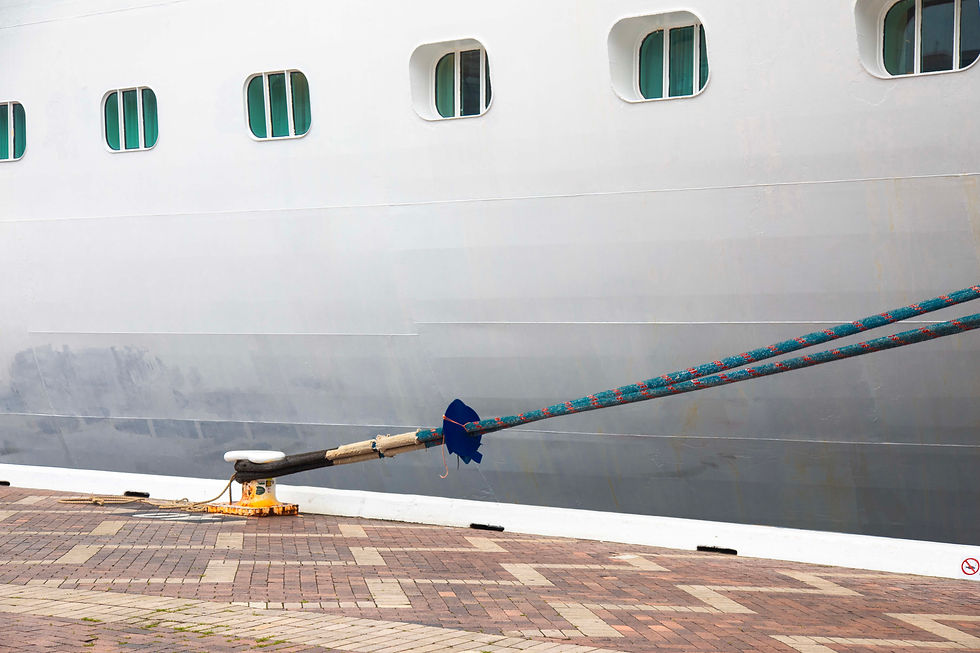When photographers embark on spontaneous trips, themes often emerge organically. While reviewing captured narratives— documented objects, places, and routes — patterns tell a perspective shaped by the journey. I've just come back from a few days around Circular Quay in Sydney, Australia. But this time, before I unpacked this visit's worth of photographs from my weary SD card, I already anticipated a particular thematic.

On the second day of my expedition, I looked out the room window to the bridge of the Crown Princess towering over the architecture of the Rocks, a soundless overnight arrival. I got dressed, packed, harnessed my camera and walked down through the narrowed sandstone passages to see it, capacity: 3,080 passengers and 1,200 crew, 290m long, 113,561 tonnage. A friendly security guard told me that she was merely a ‘medium’ cruise ship in scale.
I come from a nautical family. My Dad pilots rescue vessels. My Mum boarded harbor ships and maintains the radio comms while my Dad is at sea. My brother has charted seas and lakes. My uncle makes steam-powered vessels. But I fear the sea, never been too far out. Instead, I admire giants such as the Crown Princess like an Antonov 124 of the sea, from a distance and in awe.

Walking by the dock, a detail flagged my eye. Proportionately and intricately braided thicknesses of mooring lines trailed from the ship’s bow and looped around several bollards along the pier. I was reminded, textiles and maritime history go hand in hand. Ancient sailcloth made of woven fibres harnessed rapid wind-powered transportation. But these modern braided, cuffed and collaged lines captivated me the most. They almost looked improvised, but seafaring demands considered and enduring structural architecture. Returning to port, these modest lines are an ancient meeting of construction and utility, fabricated to withstand the elemental forces – winds, waves, tides. They’re beautiful, worked, roughed and practiced, quiet and dynamic, heavy but elastic enough to absorb shock, a vital safeguard.


Later into the rainy day the moorings were manually released by landside dock workers and wound back mechanically into the hull, knots intact. As the ship shrunk away into the harbor, guided by a red tug with a protective white sheet over the bow, I reflected on material association. From a group of fibres or strands twisted together into a larger and stronger form of itself, many relationships can be drawn: protection, strength, ingenuity, history, requirement, restriction, links, bonds and cohesive physical and mental processes.

The next day I visited the Sydney Museum of Contemporary Art, a little way back from where the Crown Princess was moored. In her place another ship, the Queen Elizabeth – 2081 passengers and 911 crew, 293m long, 90,900 tonnage. Weaving through the gallery works, I found Kate Newby’s Hours in Wind (2024) on the open terrace. She too was drawn by the deceptively ordinary shipping rope. Constructed from salvaged moorings, glass and bronze, Hours in the Wind was created for the purpose of meeting and activating the conditions of the harbor, including shifting light and weather patterns. Newby is known for her site-responsive work and the interplay of shadow and material, rocking gently in the sea breeze, felt like a continuation of the captivation I’d experienced at the dock. The sight affirmed how much these threads—of protection, strength, and ingenuity—resonate across personal and artistic exploration.
